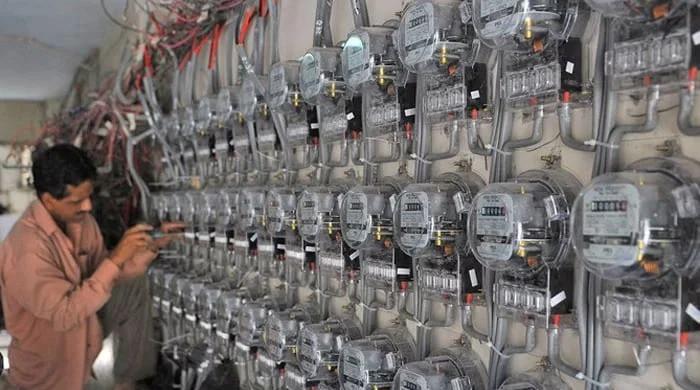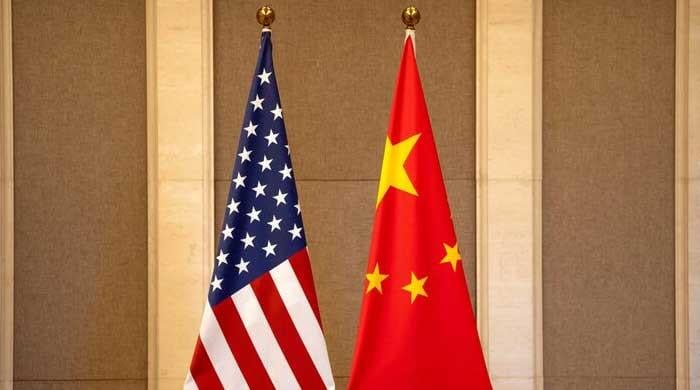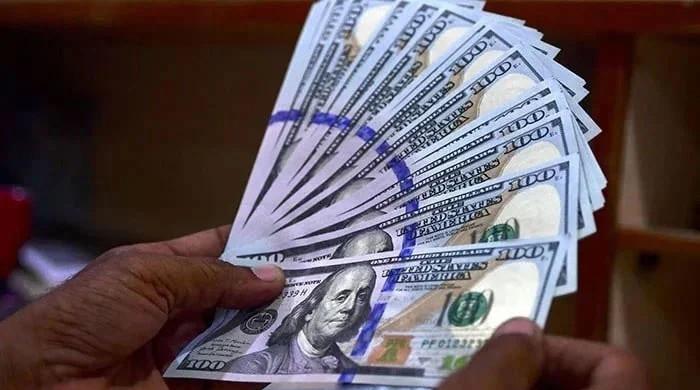Japan would 'not function' without Nepal — but why?
President of the company that produces paper for Japanese government says Nepal is fundamental to Japan's economy
July 03, 2024
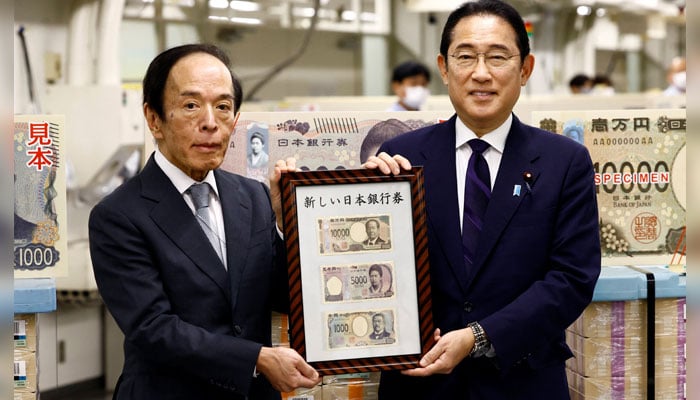
Japan has introduced a new series of banknotes today (Wednesday), marking the first redesign in two decades, with notable changes to the portraits displayed on various denominations.
According to the Bank of Japan, new banknotes of three denominations (10,000 yen, 5,000 yen, and 1,000 yen) will be issued today, CNN reported.
"The new banknotes are the culmination of anti-counterfeit technologies cultivated for over 150 years,” the bank said.
However, these new yen notes are sourced from an unexpected contributor to Asia's economic powerhouse.
These notes come from yellow flowering paperbush shrubs, or the mitsumata plant, that grow on Himalayan mountains in Nepal, after months of labour and transport.
"I really think that Nepal contributed to Japan's economy, as cash is fundamental to the Japanese economy," said Tadashi Matsubara, president of Kanpou, the company that produces paper for the Japanese government.
"Without Nepal, Japan would not function."
How did Japanese yen end up in Nepal?
The sturdy fibers of this plant, which was traditionally cultivated in Japan, are used to make durable paper.
However, its production has decline due to rural depopulation, the exodus of people in urban areas in search of better opportunities, and the absence of successors to take over these farms.
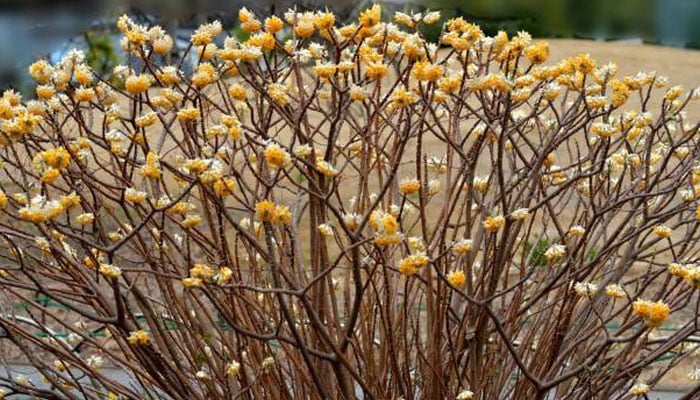
The paper company went to Nepal through a charity program in the 1990s to help farmers dig wells and there, they discovered paperbush growing abundantly on mountains.
They began teaching farmers to cultivate the crop, and eventually, Kanpou and the Nepali farmers became the main source of the yen bill after a decline in Japanese production.
The process
Farmers plant seedlings in early summer, harvest their branches in the fall, then spend several months processing the bark through steaming, peeling, washing and drying.
Once the raw paper is ready in the winter, it’s sent to the Nepali capital Kathmandu and driven to the western Indian city Kolkata, where it’s shipped to Yokohama, Japan.
After inspection, the paper is further processed, printed, and cut into cash by the National Printing Bureau in nearby Odawara city.


